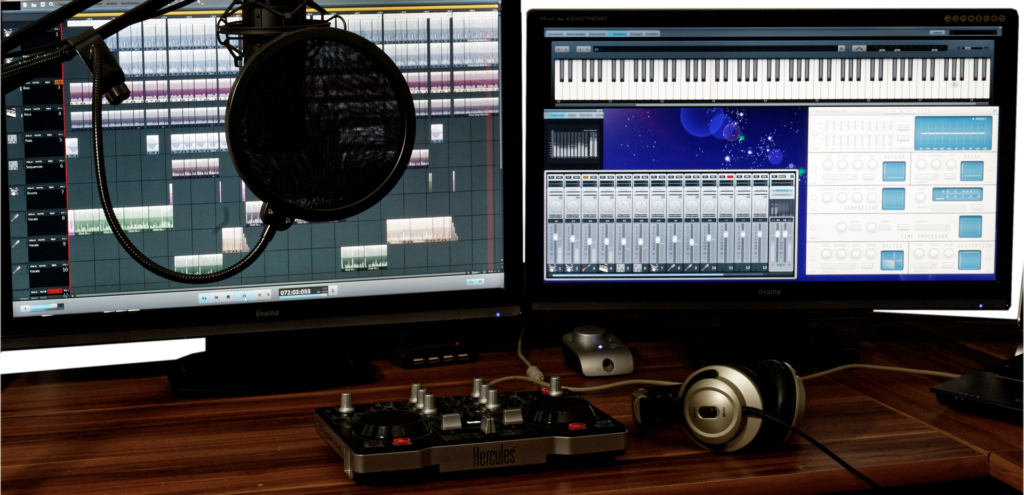In music, just as in life, consistency matters. There may be times when improvisation, spontaneity, and drawing outside the lines are warranted, but maintaining a steady pace often yields success. For musicians, the most useful tool for keeping an even pace is a metronome.
What is a Metronome?
A metronome, like a clock, is a device that ticks at a specific, consistent rate. Unlike a clock, however, this rate doesn’t have to be set at 60 beats per minute (BPM). Instead, the BPM can be changed. Naturally, the larger the BPM, the faster the tempo, and vice versa.
In the past, analog metronomes were used by musicians to practice their timing and consistency. Today, metronomes, or «click tracks,» are built right into recording software and can be adjusted digitally. Here are three reasons why these click tracks are so important for practicing, playing, and recording.
Why should I use a metronome?
Embracing the metronome as a regular part of your practice routine can ultimately lead to more confident and expressive playing, allowing your musical ideas to shine through with clarity and precision. Here are 3 Reasons to Use a metronome when playing or recording your music.
1. Improve Your Playing With A Metronome
When recording, you can attempt as many takes as you need for the part to sound good and be on time. However, if you aren’t prepared to record to a perfect beat, you risk wasting precious time in the recording process. Making mistakes is okay, but in a world where time is money and many studios charge by the hour, it’s important to need fewer takes.

Practicing to a click track can help prepare you for recording. The more you play to a steady beat, the better your brain will become at recognizing steady time, regardless of whether a click is present. Additionally, if you ever wish to record live with a full band, you and your fellow musicians will all need to stay on time together.
2. Tight, Clean Recordings With Metronome
Using click tracks is the industry standard for recordings. While it’s true that some well-known albums were tracked without the aid of a metronome, you’ll rarely hear such a thing today. Our brains enjoy hearing the precision of songs tracked to a perfect beat. Even if your music frequently changes time signatures and features polyrhythmic sections, there’s all the more reason to employ a click track. Without one, you risk confusing the listener at every transition.
Metronomes also make post-production much easier when it comes to synchronization. For instance, after a drummer has recorded a song, there might be a few minor errors here and there. While some of these errors might sound good and natural, others might need some adjustment. If a kick or snare is just a tad early or late, these can be moved in the DAW. With a click track, you’ll know exactly where to move these notes, as long as the rest of the drums are relatively in place.

3. Developing A Song
Every musician writes music differently. However, with the advent of recording software, many begin by laying down ideas in their DAW. If these ideas are initially tracked to a click, you might realize the song is too slow or too fast. Then, once you decide on the proper tempo, you can use your rough outline as a template for your true recording. The click will already be in place for you, as will the other rough tracks you recorded. This makes writing a song and recording ideas more of a chiseling away than a blind build and teardown.
Conclusion
There are even more applications of metronomes in playing and recording, but these are the main ones. Tell us your opinions on click tracks as well as your experiences!
Sobre el autor

Ethan Keeley
Escritor, locutor, músico y editor de audioEthan Keeley es músico, locutor y escritor de Rochester, Nueva York. Cuando no está de gira con su grupo Unwill, trabaja en nuevas canciones e historias.
Deja un comentario
Inicia sesión para comentar


